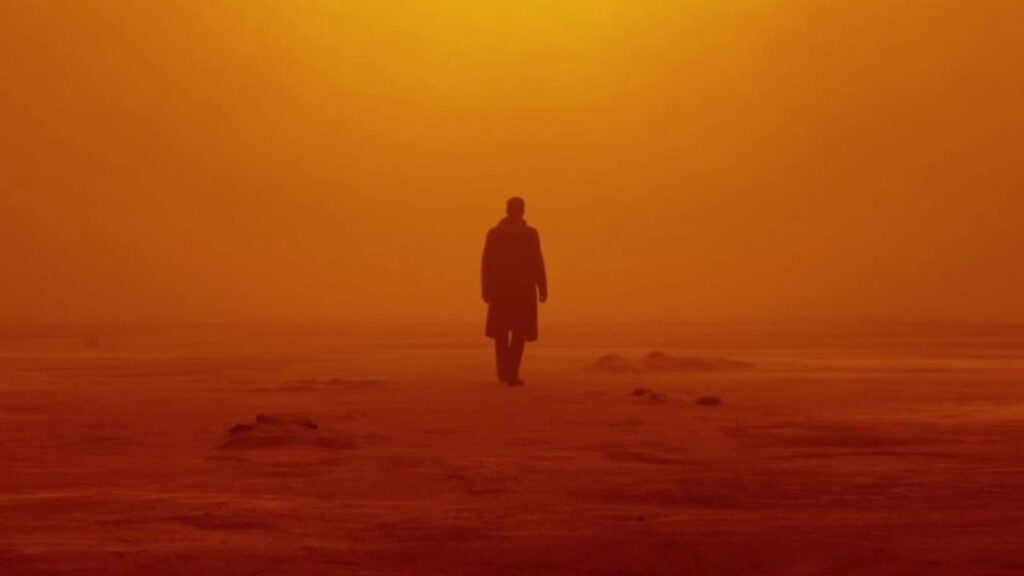Originally published on LinkedIn back in August of 2016.
One day, at work, I was called over to look at a paragraph. I wheeled my chair over, not minding that I’d been interrupted in the midst of learning the latest information about when the next Chuck Wendig Star Wars book was coming out (Chuck’s a terrific writer – if you haven’t read his stuff, you’re seriously missing out).
I looked over at my coworker’s screen, and asked “Okay…so what am I meant to be looking at?” mindfully aware that populating his two monitors were Bloomberg terminal windows, chat windows, Outlook, at least two browsers, multiple word files, half-written emails, notepad files, assorted PDFs, and what I swear in the midst of it all was a cackling, fiendish imp of distraction, which builds a nest of imps in the back of each economist’s monitor(s), and then takes up permanent residence there.
“Look at this paragraph, just…look at it. Mate, I don’t even…what the hell”.
So I looked.
And kept looking.
And kept looking.
…Remember Neal Stephenson’s ‘The Confusion’? The second book in the ‘Baroque Cycle’? Remember how he had pages that were one giant paragraph with almost zero indentation?
It was the economics version of that.
I could feel the levator palpebrae superioris muscles of my eyes seizing up and attempting to somehow effect a wave-like motion of curling up into themselves.
It read like something I’d have written if I was in my second year of university and trying to be smart. And clever. And failing at both.
Firstly because – sweet buttery deity duct-taped to a pogo stick! – the lines just kept running on and on like a jogger who didn’t know when enough was enough, and secondly – no discernible structure, and too many random interruptions with semi-related sets of comparative numbers (PMIs for the jibwiddlestick* versus the last shreds of my sanity).
Three attempts at reading it later, some sort of discernible meaning was slowly beginning to reveal itself to me. The way that blood slowly begins to reveal itself to a person after they’ve been bludgeoned enough times by an oversized brick.
There were no sub-headers. The charts barely provided much in the way of extra information because they were formatted, well, within a hair’s breadth of actually falling within the definition of the word ‘formatted’. There were axes. A data series seemed to exist. But the colours. My god. Why bother stabbing anyone in the eyes ever again? Just show them this chart. It was like a neon Cosby sweater of a chart. Rainbow Bright’s colour wheel of a spaghetti incident of a chart.
And we were expect to publish it.
Not in that state, we didn’t.
It is one thing to sit down and produce posts (such as this one) which function as a kind of blog to dispense my thoughts to an unsuspecting audience that should have known better. It’s something else to produce written material that looks like the world’s greatest Tetris match**.
Which is why I am a big, big fan of architectural writing.
No no. Hear me out. This is actually a thing.
In my mind, there are two types of long-form narrative writers: architects and gardeners. The former are those writers that outline the structure of a given product to ensure that they have some kind of road map.
The latter build as they go, letting the subconscious go wild a bit and produce and/or shape the product in a quasi ad hoc style.
Each has its own merits. Each has its own downsides.
In this instance, for a product designed to be ready by people wearing nicer suits than I will ever own, and who probably have types of sewing material named after them somewhere on Savile Row, it’s important to ensure that we communicate the information clearly, in short, Gatling gun burts of text, to ensure no one gets overwhelmed.
Yes, I may use colourful sentences and apply peculiar, if not comical metaphors, similes, and analogies, but this is a blog post, not Financial Times. I’m really only writing this for myself and whatever poor suckers I managed to convince to read this on the promise of alcohol.
Did I say that out loud?
Pretend I never said that.
But I digress.
We have an obligation to make material accessible, digestible, and meaningful.
And no, that does not mean we have to dumb down the language, use less complicated terms (because sometimes jargon is inevitable, and the sooner we all accept this the better), or even necessarily write less.
But we can structure things more clearly, and avoid overly stylistic prose where it’s not appropriate.
Example: Gravity’s Rainbow by Thomas Pynchon = Appropriate.
A Primer on US Treasury Bonds by a rates strategist = Not Appropriate.
In such instances as the latter example, providing a clear explanation for every single instance of new jargon is a good idea. As is my favourite approach: having material-specific sub-headers, to break up the material.
Sub-headers can be a writer’s best friend. They let you break up numerous interrelated thoughts or ideas without having to try and distill them all down into a few paragraphs. It provides room to play, and to structure a paper out in such a way as to flow properly without being overwhelming.
And doing so makes it all that much easier to produce transition sentences. Especially when it’s a long-form piece days or weeks in the making. As sub-header stand out in comparison to the body text, it becomes easy to examine the text before/after each sub-header and see if it flows logically.
As opposed to analysing the text at the start and end of every paragraph. That would hurt. Oh boy howdy that would sting.
Which brings us back to the question of architects versus gardeners.
Research articles, in my experience, more often than not, strive for the architectural system, due to assorted rules around word counts, page counts, etc. Short stories, novellas, novels – they have the luxury to be gardeners.
Research articles written by writers who think they’re gardeners scare me. I can understand the impetus, but not the end result. Audience expectations matter. And breaking up text with shorter sentences, sub-headers that are clear and meaningfully titled, paragraphs between 4-6 sentences in length, will all ensure improved chances of being read and – possibly more importantly: retained – by readers.
Gardeners…leave that to the long-form writers. The audience expectations around books are a matter for another post.
TL;DR?
When writing for a busy, time-pressed audience, clarity of thought, tight, focused, easy to read and process text, meaningful and properly ordered sub-headers: all of this will ensure a better chance of being read – and possibly even remembered! – by readers.
What more could a writer ask for than to be remembered (and hopefully even liked!) by a reader?
* I don’t know that what I just wrote was actually a word; I just made something that up that might sound faintly ridiculous enough to be real.
**LinkedIn’s native spell-check does not recognise ‘Tetris’ as a legitimate word. This is vaguely distressing and upsetting.










